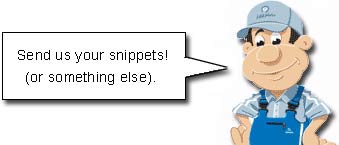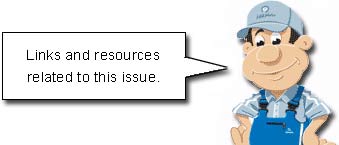|
|
Article Snippets
The information on this page has been supplied partially or completely by Outerzone and may include submissions from members of the Outerzone community
The Outerzone reference number is provided to help distinguish this plan from others that may be similar - either other versions of the same plan or plans for different models of the same aircraft.
The Outerzone reference number is provided to help distinguish this plan from others that may be similar - either other versions of the same plan or plans for different models of the same aircraft.


